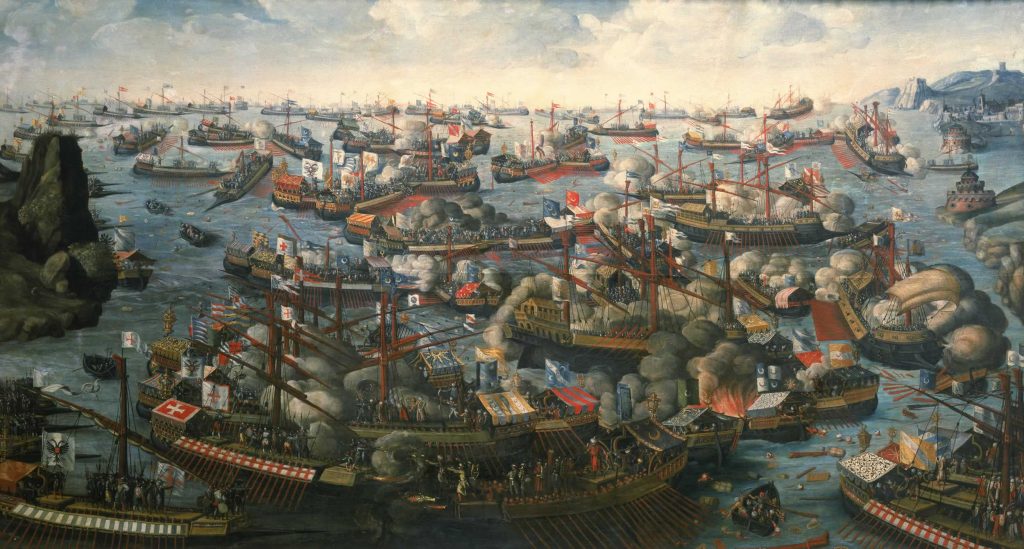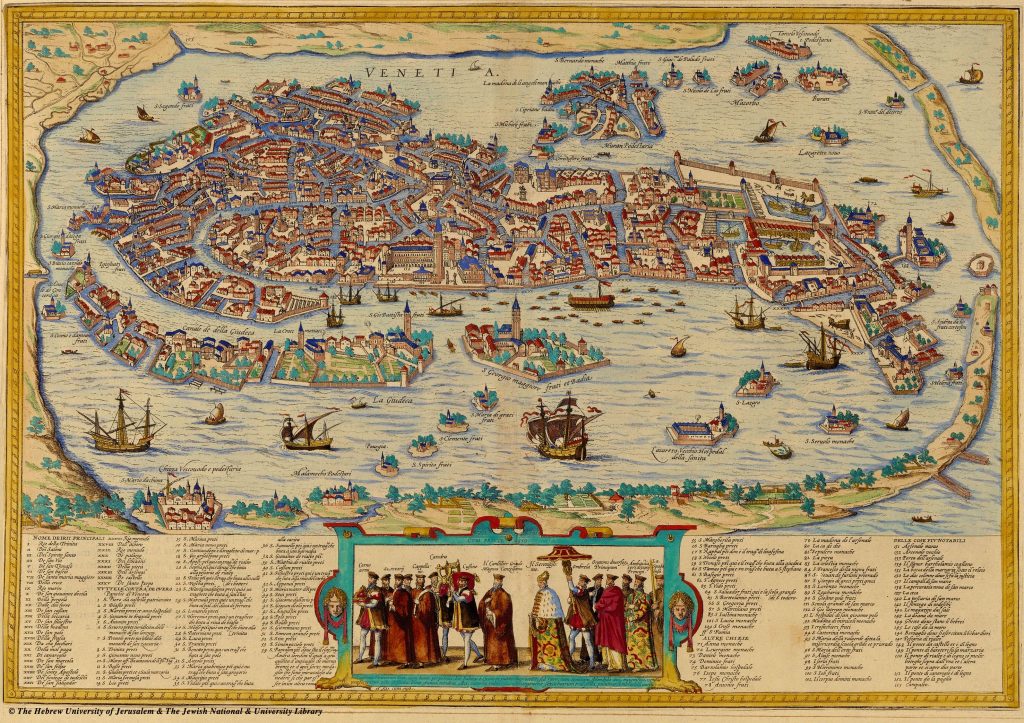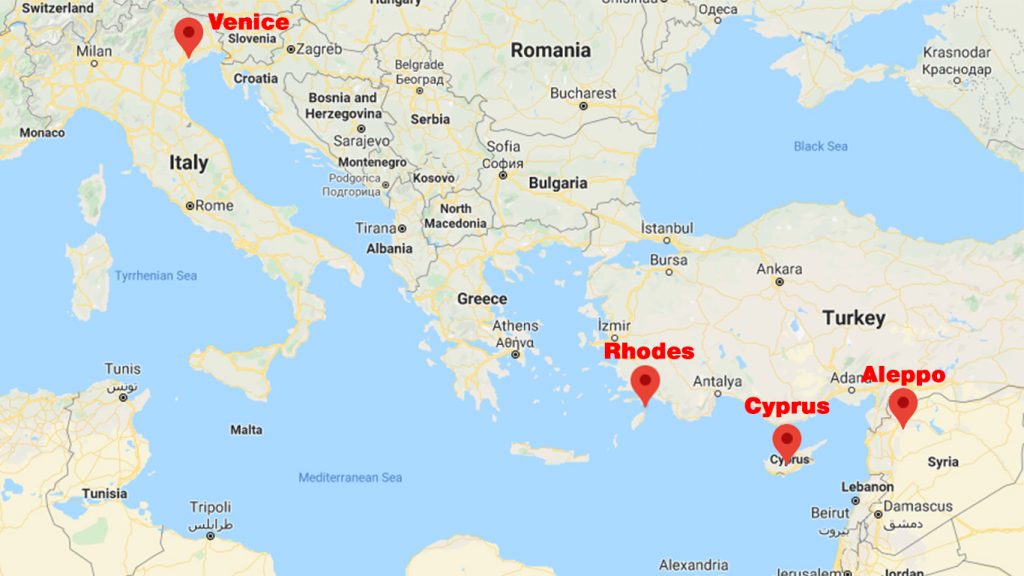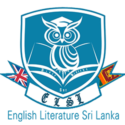Othello - Introduction
“The Tragedy of Othello”, “The Moor of Venice”; also known as “Othello” is a tragedy formulated by William Shakespeare in 1603. The context of the story is based on the novella, Un Capitano Moro (a Moorish Captain) written by, Giovanni Battista Giraldi, aka Cinthio in 1565.
Othello - Setting
Shakespeare sets the initial locale of the drama in Venice. But the setting changes to Cyprus, soon after the end of act one.
[table id=7 /]
Fact #01 : Prostitutes
During the time of William Shakespeare, Venice was famous for three things. They were the economy, republican government system, and prostitution. Even though all three aspects can be seen in the plot, the Venetian standards of the woman plays a considerable role. The reader should take in to note that there are three onstage female characters, Bianca, Emilia, and Desdemona. The first is a professional harlot, second is willing to be one, and the last is accused to be one. There are two offstage female characters; Desdemona’s mother, and her maid, Barbara. The latter is claimed to be dead and the former is possibly dead too or she has left her family.
Fact #02 : Cyprus – Ottoman War
Shakespeare’s Othello is fundamentally based on “Un Capitano Moro”, the 7th story of Cinthio’s novella collection, “Gli Hecatommithi” which is written in 1565. Surprisingly, there was an actual war going on during the time “un Capitano Moro” is written.
Venice ruled the island of Cyprus since 1489, and it the most distant and one of the most important colonies they ruled. The possession of Cyprus allowed the Venetians to control the Levantine trade route and it possessed some of the most profitable sugar and cotton plantations. Even though Venice and Ottomans had an ongoing peace treaty, a fear of war had been broken out in the years of 1564-1565. Five years later, on 27th June 1570 the Ottoman army landed and defeated the Venetian army. Cyprus became an Ottoman province on 7th March 1573 and remained so until the British captured it in 1878.




This work is licensed under a Creative Commons Attribution-NonCommercial-NoDerivatives 4.0 International License.
